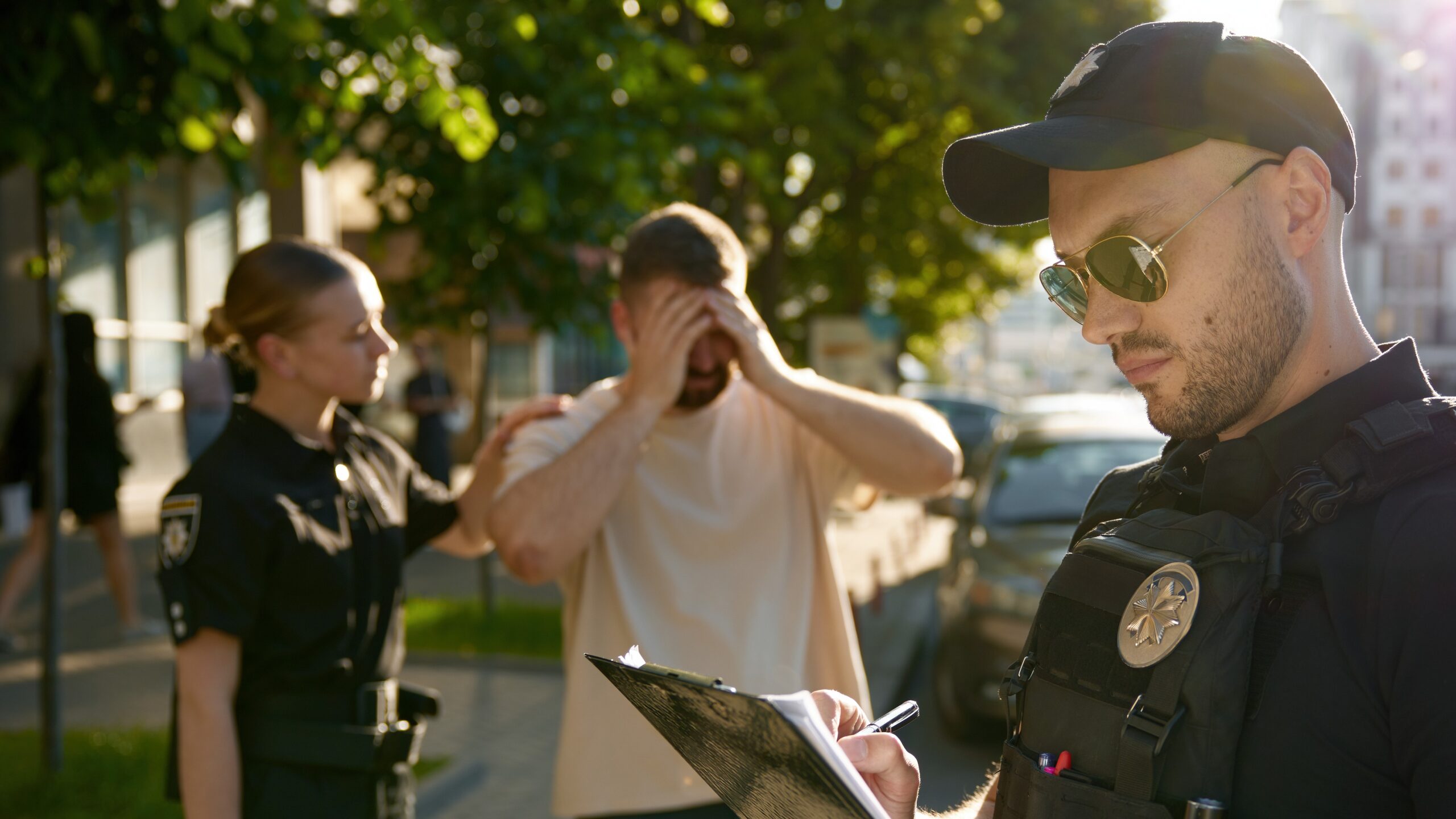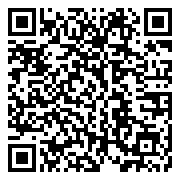
De-escalation through Understanding Implicit Bias & Racial Profiling
De-Escalation and Implicit Bias
This course is designed to define De-Escalation as a technique to prevent escalation of conflicts as interpreted by several sources including Wikipedia. The student will learn additional words that also define De-Escalation and will be able to list several techniques used in De-Escalation trainings. The student will be able to accurately define “Mirror Neurons” and how they relate to the brain response when de-escalating a scene. The acronym C.A.L.M is defined, and an emphasis is placed on understanding how implementation can assist for a favorable outcome. The term “Implicit Bias” is discussed and the student will be able to give a definition and explain how it can affect their own perceptions. Finally, the student will be able to identify their own implicit bias’s and show examples of how they can de-escalate a volatile situation by avoiding those bias.
Racial Profiling & Fair and Impartial Policing
Upon completion the student will be able to explain where racial profiling originated and define what racial profiling is. Students will learn Missouri state statutes that require law enforcement to comply including mandatory training, reporting procedures and policy changes. The difference between racial profiling and criminal profiling will also be discussed. Terms such as “implicit biases, human biases, stereotyping and contact theory will be addressed. Students will also understand who is impacted most by biased policing and how to effectively police using fair and impartial policing.




